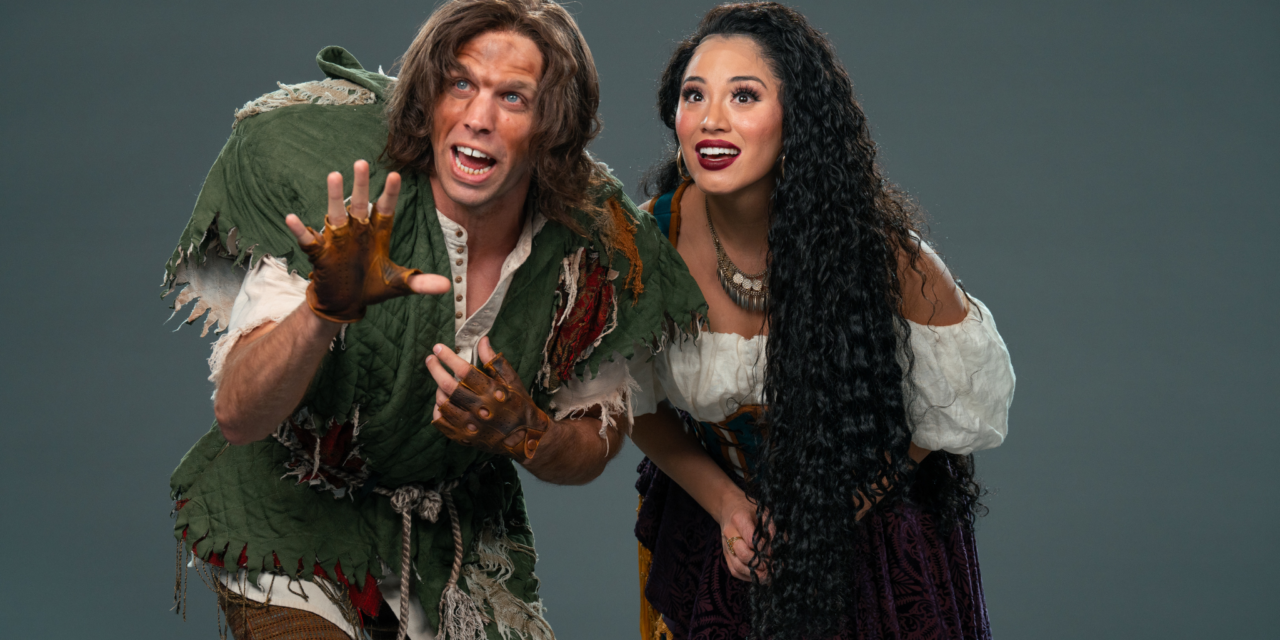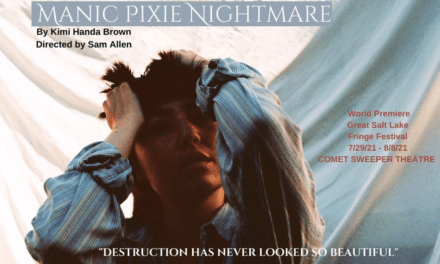IVINS — After a few years since my last visit to Tuacahn, where I reviewed The Hunchback of Notre Dame in 2016, I was happy to again attend the beautiful amphitheater nested in the red rock canyon of the southern Utah desert. Outdoor theatres often pose many challenges, but there is something truly special about watching a stage production outside on a warm summer night, especially when it is done well at such an outstanding venue.
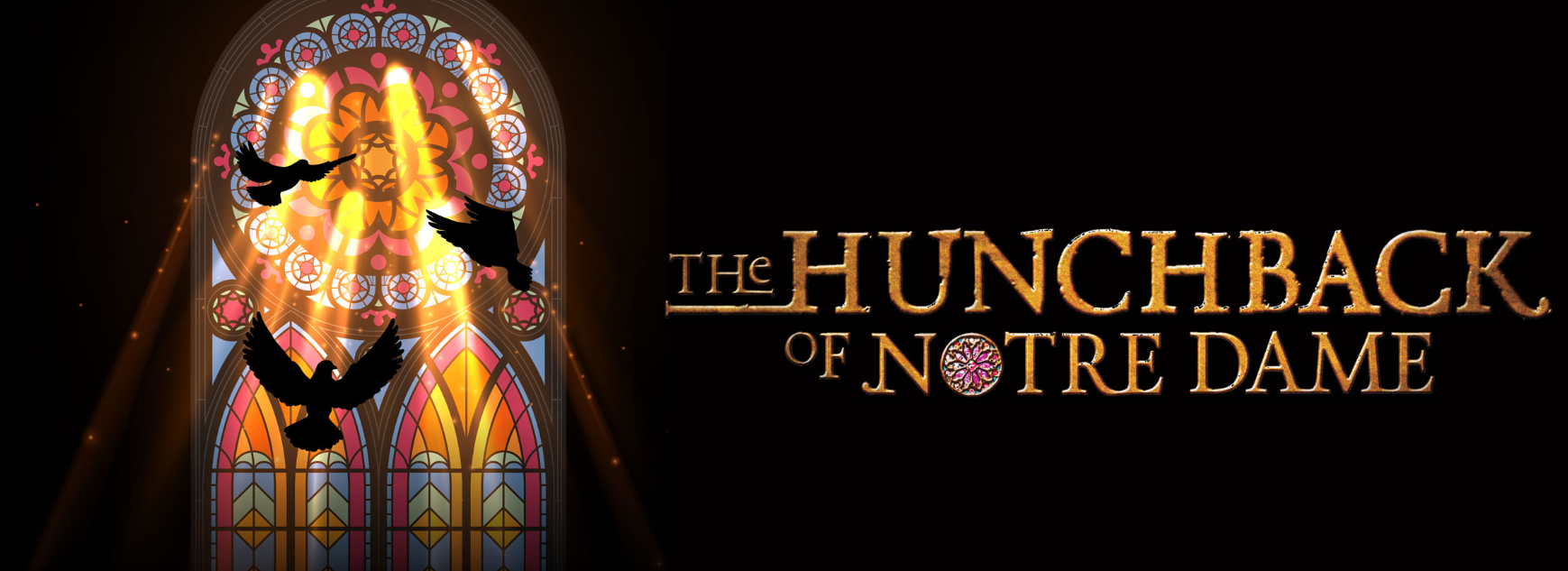
Show closes October 20, 2023.
As one of Utah’s premier theatre companies, Tuacahn always puts on spectacular shows with exceptional production value. Their productions (like this one) are filled with elements of theatre magic, such as live animals, acrobatics, pyrotechnics and an intricate fly system that creates impressive movement and drama, all of which ensure a consistently entertaining experience. While this production of The Hunchback of Notre Dame was enjoyable, I felt it was nothing special. It was very similar to the version Tuacahn mounted in 2016, and I wished for some variance, instead of what seemed to be simply a remount of the same production. Contrasting the two productions, the current one also felt much slower to me, and I found myself bored at times and largely uninvested. Directed by Timothy Threlfall, this Hunchback of Notre Dame had enough splendor, but ultimately left me wanting more.
Following the 1831 Victor Hugo novel rooted in themes of Christianity, ethnic oppression, misogyny and ableism, Disney’s The Hunchback of Notre Dame tells the story of Quasimodo (played by Justin Luciano), the deformed bell ringer of the famous Notre Dame cathedral in 15th century Paris. As an infant, Quasimodo is taken in by Claude Frollo (played by Randal Keith), archdeacon of the cathedral. Frollo acts as a father figure to Quasimodo, but unjustly traps him in the attic of the cathedral, seemingly for his protection due to his abnormalities. Quasimodo longs for a life outside of the cathedral, but is shocked by a world he has never known when finally experiencing it. Upon meeting the gypsy temptress, Esmeralda (played by Sophia Marie Guerrero), the lives of all of the characters are forever altered.
Written by Peter Parnell, with music by Alan Menken and lyrics by Stephen Schwartz featured in the 1996 Disney film (as well as new additions), the musical features an emotional score depicting the beautifully tragic story of love, desire and justice. Music director Christopher Babbage delivers rich orchestrations and show stopping numbers throughout. However (as I pointed out in my previous review), amidst the grand score there are a handful of disappointing musical numbers that feature cheesy lyrics and lack complexity found in the rest of the score, causing a disruption in the tone of the show.
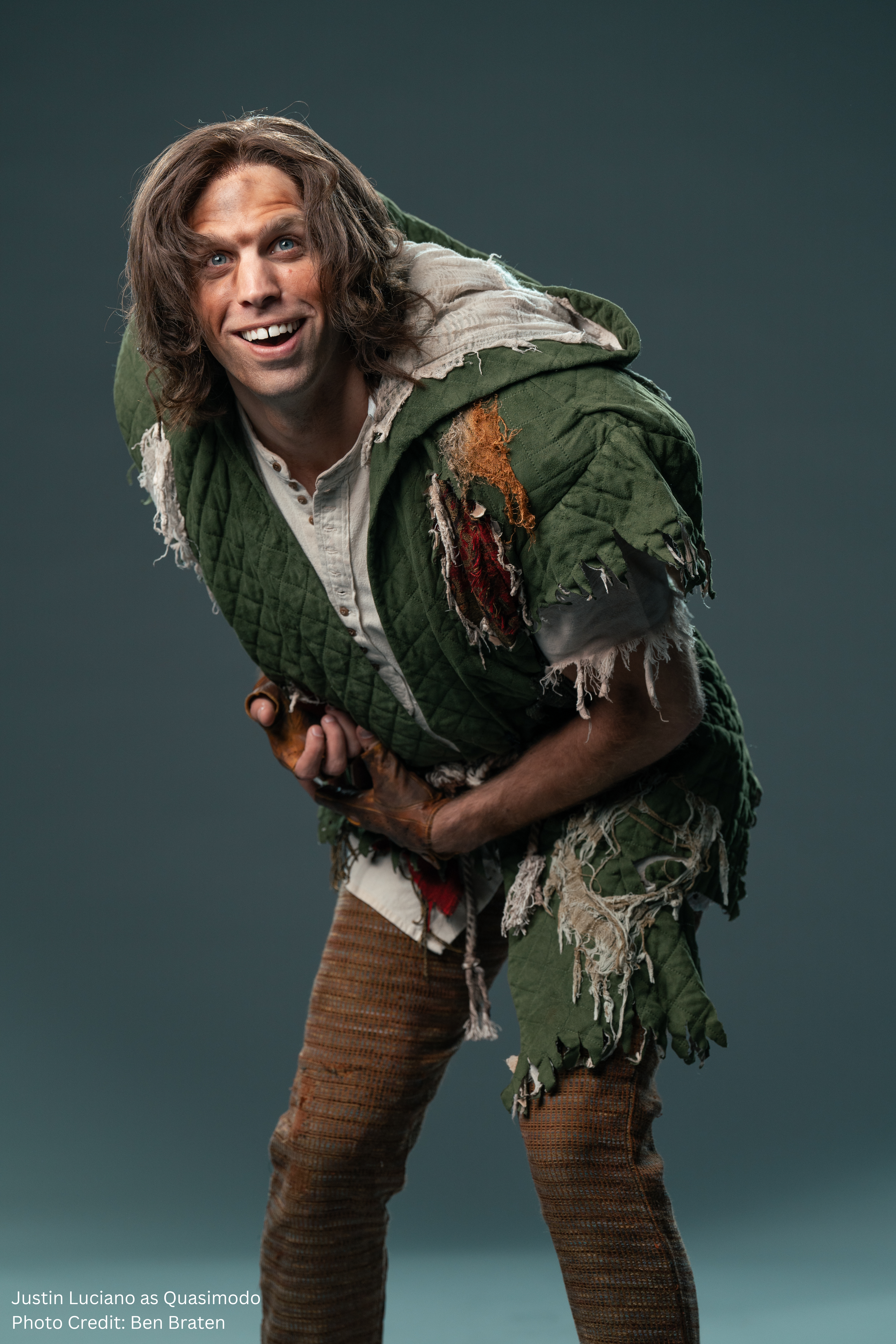
Justin Luciano as Quasimodo. Photo by Ben Braten.
One of my favorite aspects of this musical is the choir, exceptionally directed by Roger Hale and coordinated by Heidi Anderson. The professional and beautiful-sounding choir adds an immense amount of depth and power, truly enriching the musical in a unique and effective way. I also appreciated the ensemble actors and overall, I felt they were more skilled vocally than the actors in the leading roles.
Unfortunately, I was not wowed by the voices of the main actors, with the exception of Keith as Frollo, who fiercely stood out in both his singing and acting against his counterparts. Keith perfectly embodies the conflicted priest persona, with a deep and resonant voice easily capable of commanding a crowd. He shines in the pivotal musical number, “Hellfire,” where he so clearly depicts Frollo’s struggle to abide by his assumed morals and his desire for Esmeralda. Keith very skillfully and successfully depicts a duality of attempted kindness and misguided cruelty, making for a complex and intriguing character. I also enjoyed Stephen Diaz as Clopin Trouillefou, the animated gypsy who functions as a narrator. Diaz brought a much needed energy to the production, and I wished that his role was larger.
My biggest gripe with this production was the lack of chemistry between the actors and their non-believable portrayals of their characters. As Quasimodo and Esmeralda, Justin Luciano and Sophia Marie Guerrero are just fine. Yet, both struggled to truly embody their roles, and I never fully connected with the characters or cared about their stories. While Luciano does give a passionate portrayal with impressive and demanding physicality, the choice to make Quasimodo more obviously mentally disabled than is typical of the character did not work within the context of the story. I also felt there was too strong of a disconnect between the character’s spoken and singing parts. While I can accept that musical numbers often provide characters a vehicle to act outside of their given personality or showcase emotion that they would not otherwise be able to, in this case it was too jarring and nonsensical, given that Luciano’s Quasimodo can barely speak but easily sings complex numbers freely.
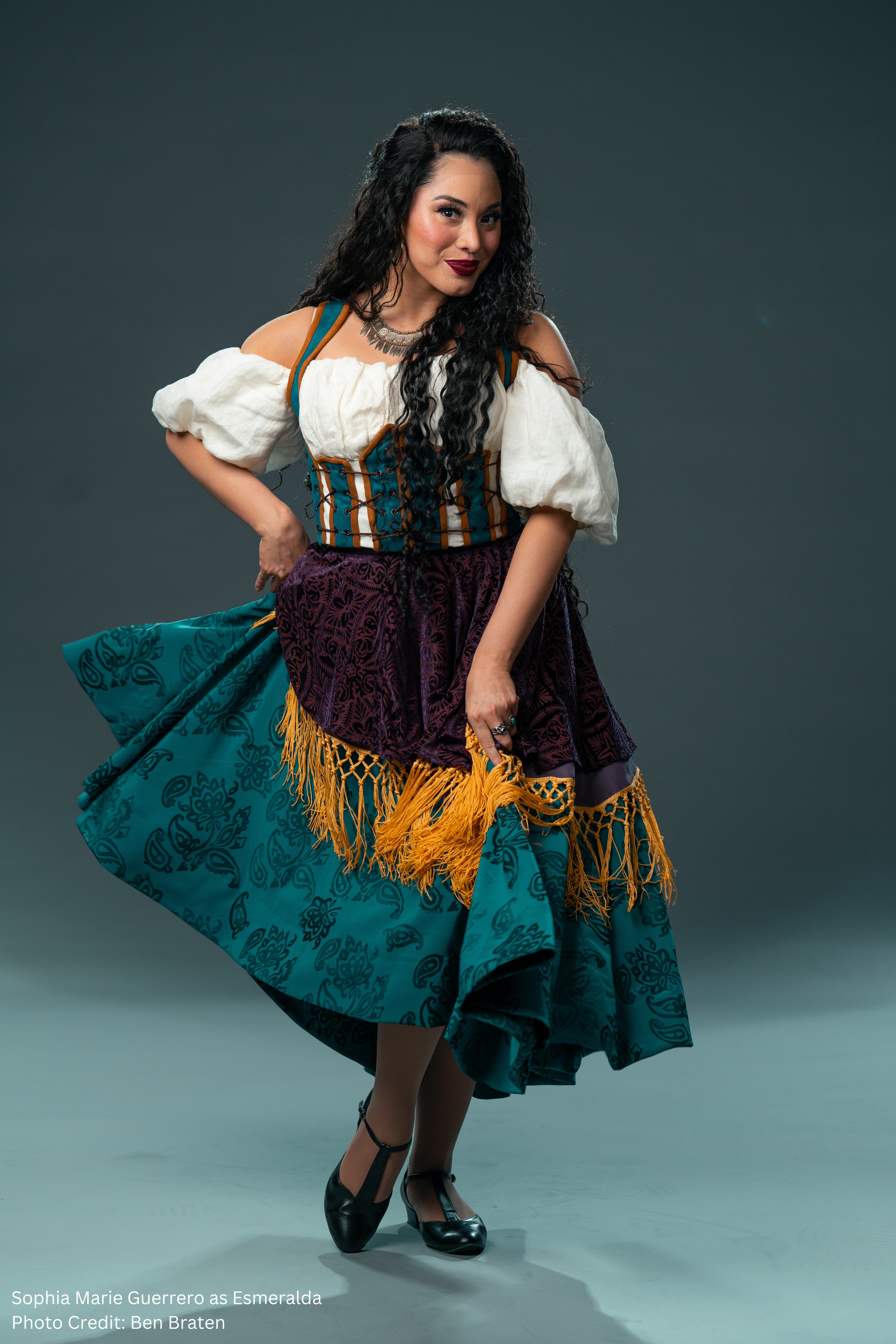
Sophia Marie Guerrero as Esmerelda. Photo by Ben Braten.
As Esmeralda, Guerrero similarly felt more like a caricature, rather than a multi-dimensional character. I wished for her to be more honest and enticing, but instead it felt like she was trying to act desirable and captivating without truly succeeding. Guerrero certainly had moments where she displayed powerful emotion and fierceness, though because some of the other parts of the performance seemed too fake, I never bought into the character’s motivation or the sincerity of her relationships, whether with Quasimodo or Captain Phoebus (played by Sean Thompson).
The strongest aspects of this production are certainly the design elements. Scenic design by Adam Koch and video design by Steven Royal came together to create an incredible visual of the setting on the large stage. The detailed and realistic looking stone work, gargoyles, statues and imposing large bells made for a stunning vision of the beautiful gothic cathedral and a realistic atmosphere. Also, the use of LED panels was incredibly effective to create the remarkable look of the cathedral, inside and out. This effect made it so that the setting could seamlessly transform from the exterior of the cathedral to the interior when needed, allowing for excellent and immediate transitions. The stained glass windows, especially the famous Notre Dame rose window, looked sensational. The set was greatly accentuated by Nick Van Houten’s superb lighting design. On top of adequately lighting the stage and actors in the outdoor theatre, the large red canyon walls behind the stage often glowed in an enchanting way and the frequent red lighting emphasized the characteristics of fire and passion throughout.
I appreciated how Tuacahn stayed true to the integrity of the musical, maintaining a family-friendly show while not necessarily playing down the intense and adult themes. This production seemed especially geared toward children with an often cartoonish feel. However, it should be noted that the program does contain a content advisory note for parental discretion with children under 12, and children under 3 are not permitted. While The Hunchback of Notre Dame is not a profound success, for those looking for a family-friendly show depicting a classic tale in a breathtaking atmosphere, this production is a high-quality theatrical experience. With dark undertones amidst a lightheaded portrayal, The Hunchback of Notre Dame is still a powerful and poignant story. While I did not fully connect with this production, I still found myself contemplating the relevant commentary of “what makes a monster and what makes a man” and how we as humans should treat our fellow citizens.

This review is generously supported by a grant from the Utah Division of Arts and Museums.

